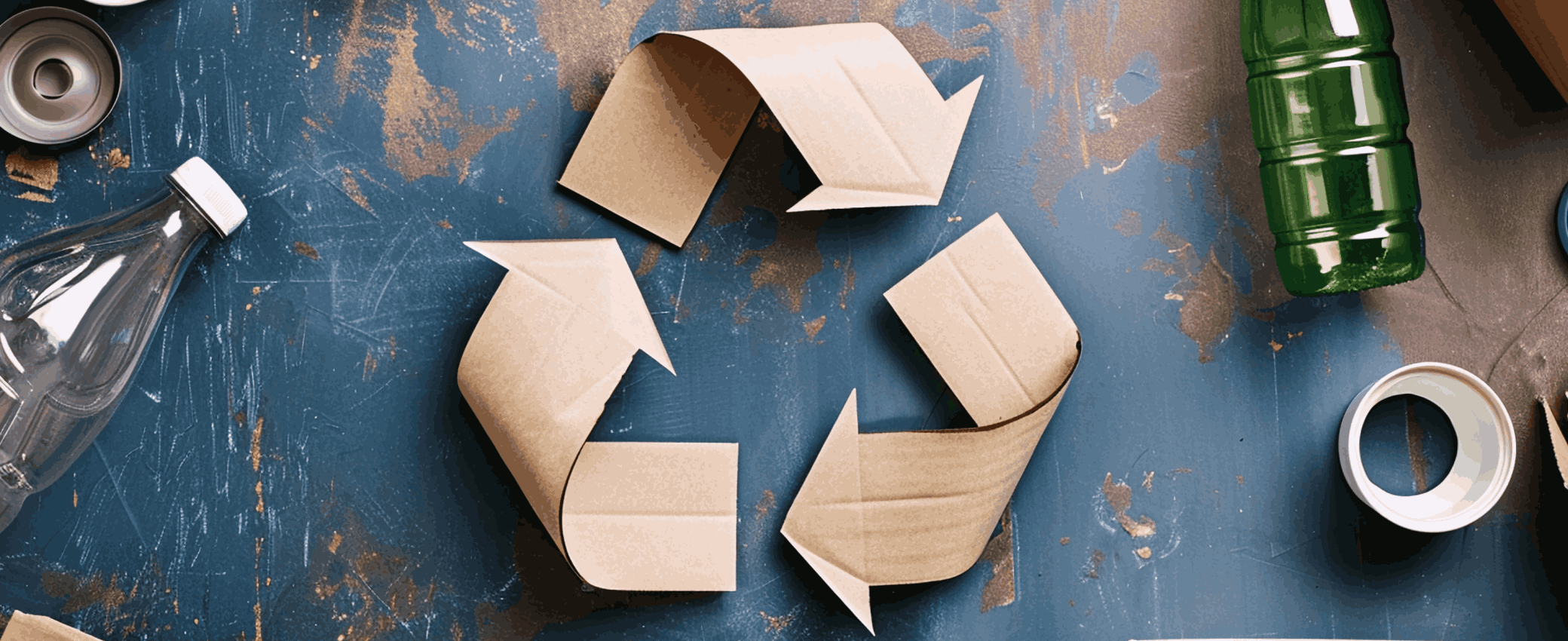

AI-powered delivery date estimates to boost conversion
Give shoppers peace of mind and protect and grow your bottom line
Personalized tracking experiences to build brand loyalty
Returns and exchanges management to mitigate fraud and reward best customers
Proactive communication to drive customer lifetime value
Delivery claim management to tackle fraud and build trust
Why Are Split Shipments Becoming So Common?
%2520(5).png)
Split shipments (when a multi-product order is delivered in more than one package) are becoming more common, increasing by as much as 27% since the start of the pandemic. While part of the surge in split shipments can be attributed to significant increases in ecommerce transactions since 2020, there are other factors at play.
"In addition to diversifying their carrier networks, retailers are adapting their fulfillment networks to enable ship-from-store, drop-shipping, and other methods to ease warehouse constraints.” said Anisa Kumar, Chief Customer Officer at Narvar.

Indeed, one of the most common reasons retailers turn to split shipments is to alleviate inventory issues.
For example, if a shopper orders multiple items, but one of the products is out of stock, splitting the shipment into two allows for faster fulfillment and higher customer satisfaction—at a minimum, the buyer gets the bulk of their purchase right away.
Depending on how your inventory is distributed, splitting shipments into multiple parcels can also reduce costs.
For example, if a single order contains two products, and each product is carried in a different location—one at a store in Michigan and the other at a store in California—bringing the two items together at a distribution center to then be shipped together to the final destination is less efficient than sending a split shipment to the customer.
What are those inefficiencies?—Slower overall delivery time, additional shipping costs, additional labor costs, and excess packaging.
4 Things to consider when thinking about split shipments
How far apart are your inventory nodes?
Cross-country shipping makes an easy case for splitting up deliveries. But what if both SKUs are in-stock at locations a few miles apart? In this instance, the costs and labor required to combine the items into a single shipment might make sense over sending two separate shipments to the customer.
Packaging requirements can affect your shipping choices.
Many consumers dislike the packaging waste that’s associated with split shipments. But in some cases, it’s not fulfillment issues driving the decision to ship items individually, but their differing packaging requirements. If an order contains several small items and one large, fragile piece, separating out the item that will require specialized packaging may make sense.
Large orders may need to be split, depending on cargo or freight capacity.
If your business is shipping out large enough orders, it’s possible that your carrier won’t be able to accommodate them on a single truck or plane. In these cases, split shipping may not be a choice you make, but one that’s forced by factors outside of your control. Regardless, you’ll still need to ensure each shipment–and each package within your shipments–is properly tracked and accounted for.
Customers may create their own split shipments.
Depending on the order processing capabilities of your e-commerce shopping cart, customers may create their own de facto split shipments by ordering items for different people, at different locations, within a single order. While they may appreciate the convenience of being able to do so, not all order processing systems currently support capturing multiple destinations within one order.
It’s also worth noting that, although split shipping can create a better customer experience by getting partial orders into the hands of consumers more quickly, poor communication can eliminate this benefit. If customers aren’t aware that their orders will be split into multiple packages, receiving a partial shipment can feel confusing or frustrating.
Setting expectations with shoppers and providing clear visibility into how and when each of their items will be delivered–with a solution like Narvar Track, for example–is key. Doing so helps to keep customers happy, while also allowing your business to take advantage of the growing trend of split shipping, as needed.






















.webp)


